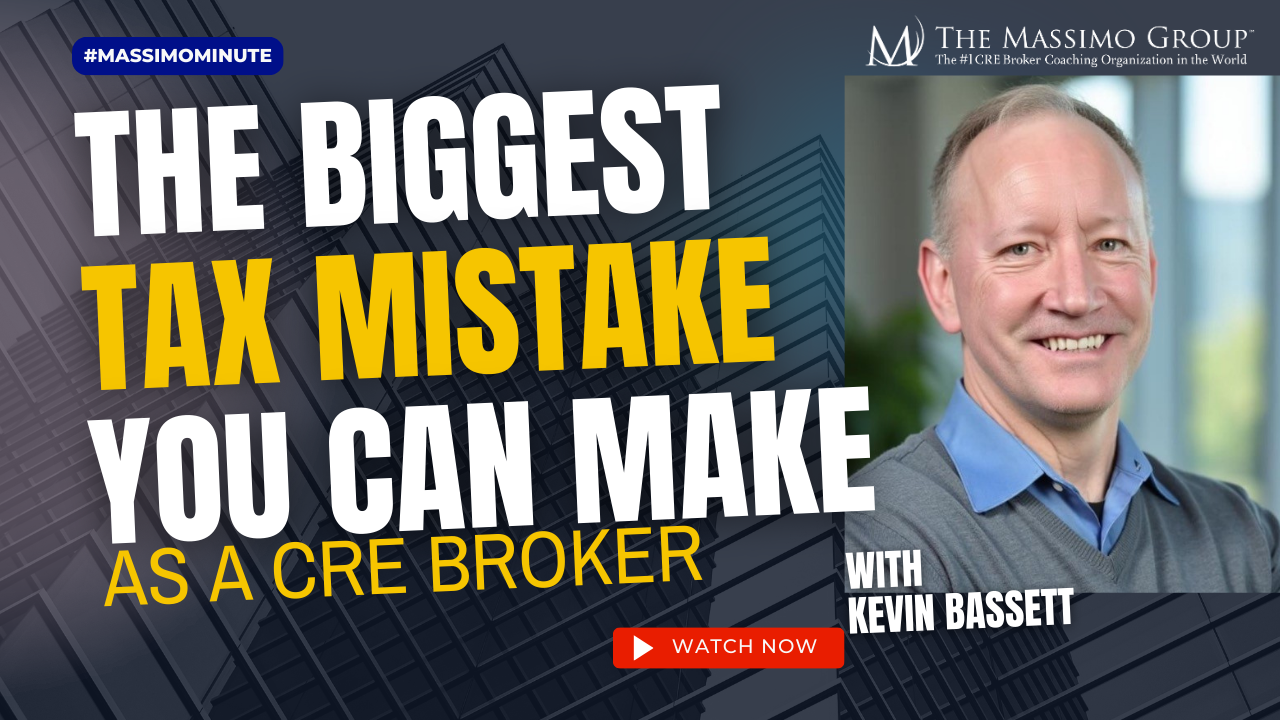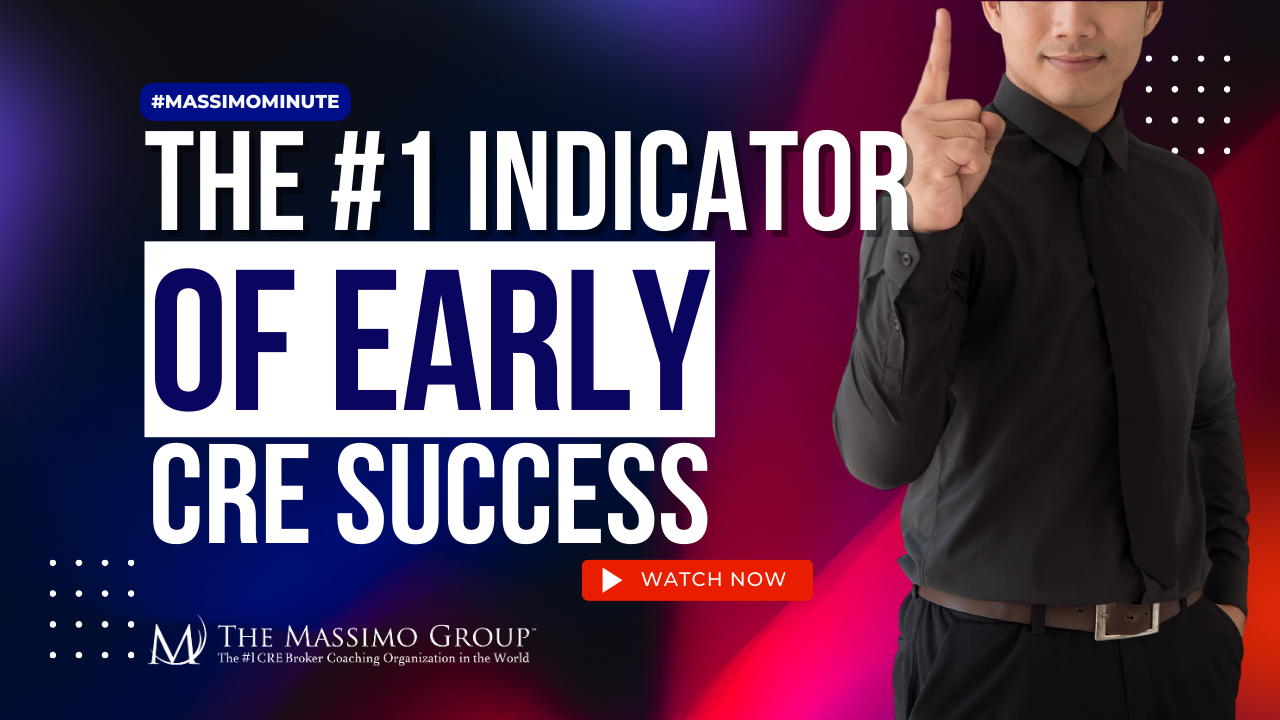In this article, we will show you how to set your commercial real estate team’s goals effectively.
How to Set CRE Team Goals Effectively
Step 1: Gather Appropriate Data for the Goal Setting Session
Businesses seldom, if ever, operate in a situation where everyone knows everything. Pennsylvania State University has research on Missing Data Analysis. What these businesses do in a situation where data is incomplete is to rely on patterns from Big Data, rather than gather more details that tend to provide noise rather than insights.
In a nutshell, get principles from big data offered by macro players and get localized data for clients and the team. Local data should relate to business operations done daily, while patterns and principles function more like guidelines.
Data is essential for goal-setting. Without data, goals can be too outlandish or difficult. By anchoring future goals in present conditions, goals have more realism and structure.
Step 2: Deduce Current Workflow Processes
Facts, by themselves, do not give future-oriented analysis. Getting the real workflow process and comparing it to the ideal system can show where the gap lies.
For example, data shows that for the first quarter, you have more outbound calls, but prospect conversion is still at the previous rates. That by itself does not give any future analysis. However, if a CRE broker tries to get conclusions from those facts, deductively, they can see that the workflow needs some tweaking.
Upon tracing the workflow, from data to process, you might see that there is a significant increase for cold calls. If that is so, then setting a goal of mastering the art of cold calling can serve as a guidepost, but not a goal yet.
Other conclusions from a set of data can give way to more focused goals with a higher chance of monitoring correctly. For example, data shows lower lead interaction across 400 calls in a month. What are the trends and patterns that lead to such facts? Brokers might not be too assumptive in their calls. Making selling assumptive can help CRE brokers in improving the efficiency of converting leads to prospects, and a more assumptive calling behavior can function as a mini-goal and a strategy to reach higher goals.
Step 3: Paint the Big Picture

Once data and patterns are prepared, the next phase focuses on the presentation. Words and numbers are useful as they are straightforward, but no one wants to read a wall of text.
Brush up on your Microsoft Excel skills. Creating a graph or even a Pareto Chart can make data presentable and at the same time make goal-setting discussions faster, as information can be understood in a single glance. Timelines are useful not only for reporting historical performance, but also capturing trends visually.
Step 4: Talk About Efficiency in Management
Now, it is time to discuss goals with the team. Once the data, patterns, and principles have convenient visual cues, the meeting can move faster from data understanding to information analysis and, finally, to goal-setting.
Efficiency in management not only talks about personnel administration but also workflow processes. Time management strategies can give added value not just about management but also workflow.
This is also an excellent time to start talking about overcoming CRE obstacles. Trends regarding current business models can show where to find opportunities for improvement, as well as the skills and resources needed for future growth.
Discussions about CRE management efficiency are vital for goal setting. Without these discussions, analysis and trends can carry unconscious bias. These biases can lead to suboptimal goals.
Step 5: Ask Questions
Once discussions are over, questions should follow. If the CRE team has not formulated their niche, asking these questions can help the CRE agency find their specialty. A review of prospecting questions is in order as well.
However, do not get sidetracked once there is a flurry of questions. Make sure to anchor questions only to the data, patterns, and discussions related to goal-setting.
Lastly, if this is an individual goal-setting session, authenticity is the priority. If this is a team goal-setting meeting, cooperation and efficiency must have emphasis. Doing individual goal-setting sessions can provide useful data and insights, so having the one-on-one sessions before the team meeting can be a great idea.
Step 6: Apply the SMART Model

Any professional in the business world worth his or her salt knows Management by Objectives, a system that prioritizes goal-setting and the implementation of strategies. Business analysts and management academics have expounded more on this goal-setting system.
Management by objectives aims to propel business success forward by making goals that are SMART. The acronym stands for goals that are:
- Specific, which means that the goal is clear,
- Measurable, which means that the goal is quantifiable,
- Assignable, where a key player is accountable,
- Realistic, wherein goals are reasonable and also results-based, and
- Time-related, which states explicitly when the said goal should already be achieved.
Stating your goals in the SMART way can make them easy to understand. What is measurable can be improved and compared, and the SMART methodology helps business leaders align their critical decisions to the overall business goal.
Caveat: A goal and an objective are different. A goal is long-term and encompasses the whole business process. An objective, on the other hand, functions as a guidepost and mini-goal, which helps the CRE agency reach the goal.
For example, if the goal of the CRE agency is to close transactions worth $2,500,000 in commissions every six months for the whole agency, then having objectives such as “create a list of prospects every month” and “to be more assumptive in every call” can add value to the business.
Step 7: Document the Goals Properly
Documenting the goal is not enough. In order for the goal to add value and momentum, the long-term goal should motivate the team. The constant reminder can bring the momentum that a CRE agency needs.
What needs proper documentation? The SMART goal is a no-brainer, but a lot of CRE agents also forget to make the objectives. These objectives, which can be weekly, monthly or quarterly, enriches and clarifies the SMART goal.
By itself, the SMART goal can be intimidating due to its length, target, and scope. By breaking down the goal into bite-sized objectives, the CRE team can focus on what matters in the short-term, which also affects the long-term goals positively.
Step 8: Design a Concrete Plan
Successful execution means better efficiency and higher revenues. However, successful execution requires a good plan to begin.
If you already have your objectives lined up, then you already finished half of your concrete plan. Think of the objectives as the skeleton, and action plans as the meat. By adding the meat to the bones, you form a cohesive entity. The end goal should have objectives and action plans to make the execution easier to understand.
Step 9: Achieve Goals Step by Step
The workflow does not end with just the goal-setting; implementation follows. As long as the goal is communicated to everyone with the objectives and action plans, then the CRE agency is on the right track to better numbers.
Start the pipeline right by defining your goal. SMART goals elicit motivation and action, and the earlier you plan and state one, the faster you can start implementing action plans.
How you set your team’s goals will determine your team’s success. If you fail to plan, you plan to fail. Setting your CRE goals effectively and following through will take your team to newer heights and boost your overall productivity.
Do you know the difference between cold calling and campaign-based, targeted prospecting? The difference is huge. In this 3-part Mini-Course Rod will take you through the exact pieces needed to create a prospecting campaign that will: target your ideal prospects, warm them up before the call, and give you the best chance to win their business! You can watch the mini-course here.
Up Next: Outsource It! Get the Right Numbers and Get Those Meetings






